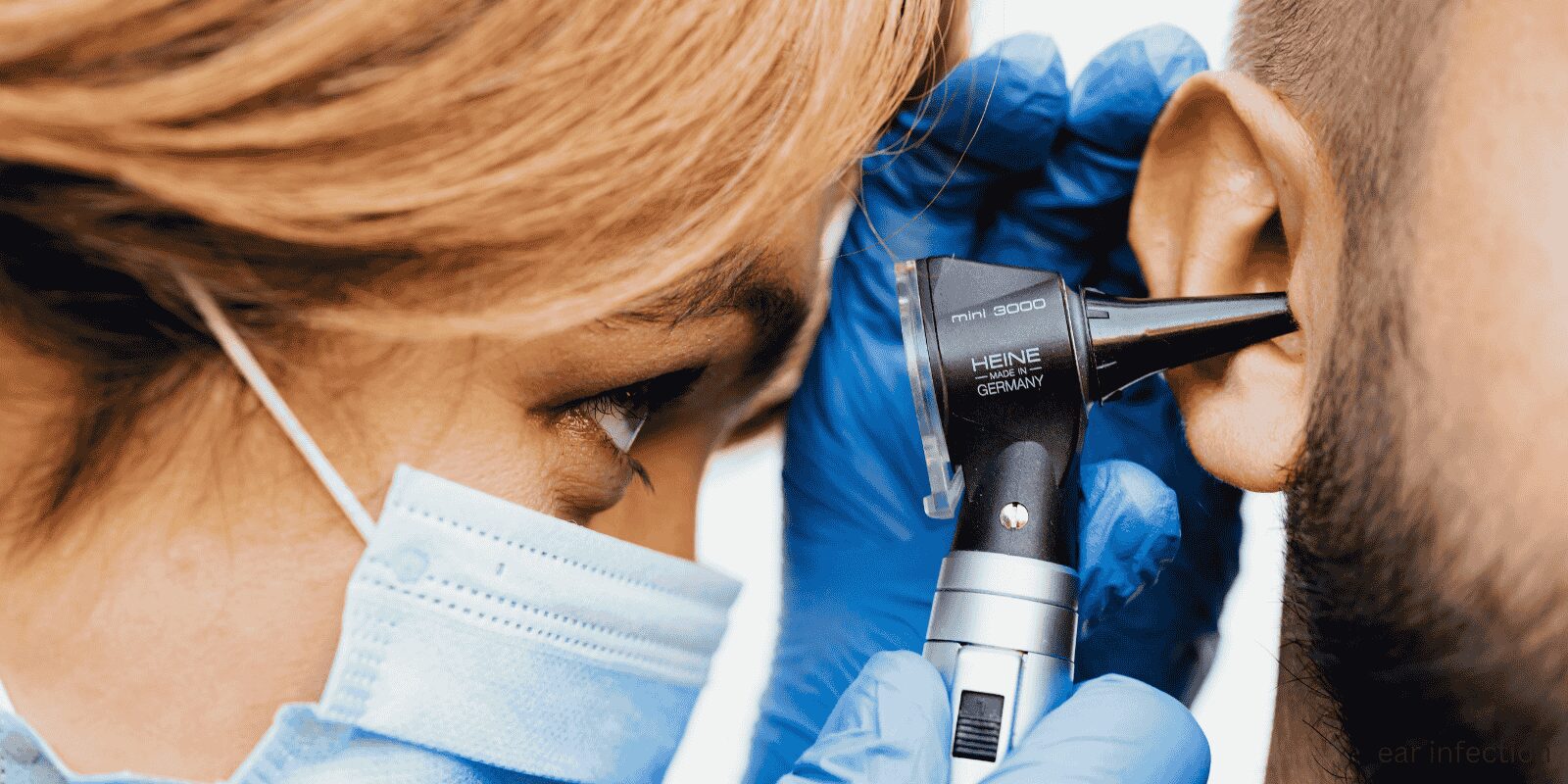Swimmer’s ear (otitis externa) has distinct characteristics that differentiate it from middle ear infections and other ear conditions, particularly the type of pain and what triggers it.
The key diagnostic test: Ear manipulation pain is the hallmark of swimmer’s ear. Gently pulling on the earlobe or pressing the small cartilage projection in front of the ear canal (tragus) causes significant pain with swimmer’s ear but not with middle ear infections.
Pain characteristics: Swimmer’s ear pain is sharp and intense, worsening with jaw movement (chewing, yawning) or any manipulation of the outer ear.
Middle ear infection pain is deeper and doesn’t worsen with ear touching or jaw movement.
Location of infection: Swimmer’s ear affects the ear canal (outer ear) and is often visible as redness and swelling when looking into the ear.
Middle ear infections occur behind the eardrum and aren’t visible from outside examination.
Discharge patterns: Swimmer’s ear discharge may be:
- Clear and watery initially
- Yellow, green, or white as the infection progresses
- Sometimes foul-smelling
- Visible draining from the ear canal
Middle ear infections typically don’t produce discharge unless the eardrum perforates.
Hearing changes: Swimmer’s ear may cause mild hearing reduction due to ear canal swelling and discharge, but this is usually minimal.
Middle ear infections often cause more significant hearing loss due to fluid buildup behind the eardrum.
Associated symptoms: Swimmer’s ear typically includes:
- Itching in the ear canal before pain develops
- Feeling of ear fullness
- Minimal fever or systemic symptoms
Middle ear infections often include:
- Preceding cold symptoms
- More significant fever
- Deep pressure sensation
Risk factors and triggers: Swimmer’s ear develops after:
- Swimming or water exposure
- Aggressive ear cleaning with cotton swabs
- Hearing aid or earplug use
- Humid weather conditions
Middle ear infections typically follow:
- Allergies or sinus problems
- Air pressure changes
Visual examination differences: Swimmer’s ear shows:
- Red, swollen ear canal
- Visible discharge or debris
- Pain with speculum insertion
Middle ear infections show:
- Red, bulging eardrum
- Fluid behind eardrum
- Normal ear canal appearance
Age patterns: Swimmer’s ear affects all ages equally, especially those with frequent water exposure.
Middle ear infections are more common in young children due to anatomical differences.
Treatment response: Swimmer’s ear improves with topical antibiotic ear drops and keeping the ear dry.
Middle ear infections typically require oral antibiotics and don’t respond to topical ear treatments.
If you’re experiencing ear pain, especially after water exposure or ear cleaning, ChatRx can help determine if you have swimmer’s ear and prescribe appropriate antibiotic ear drops.













